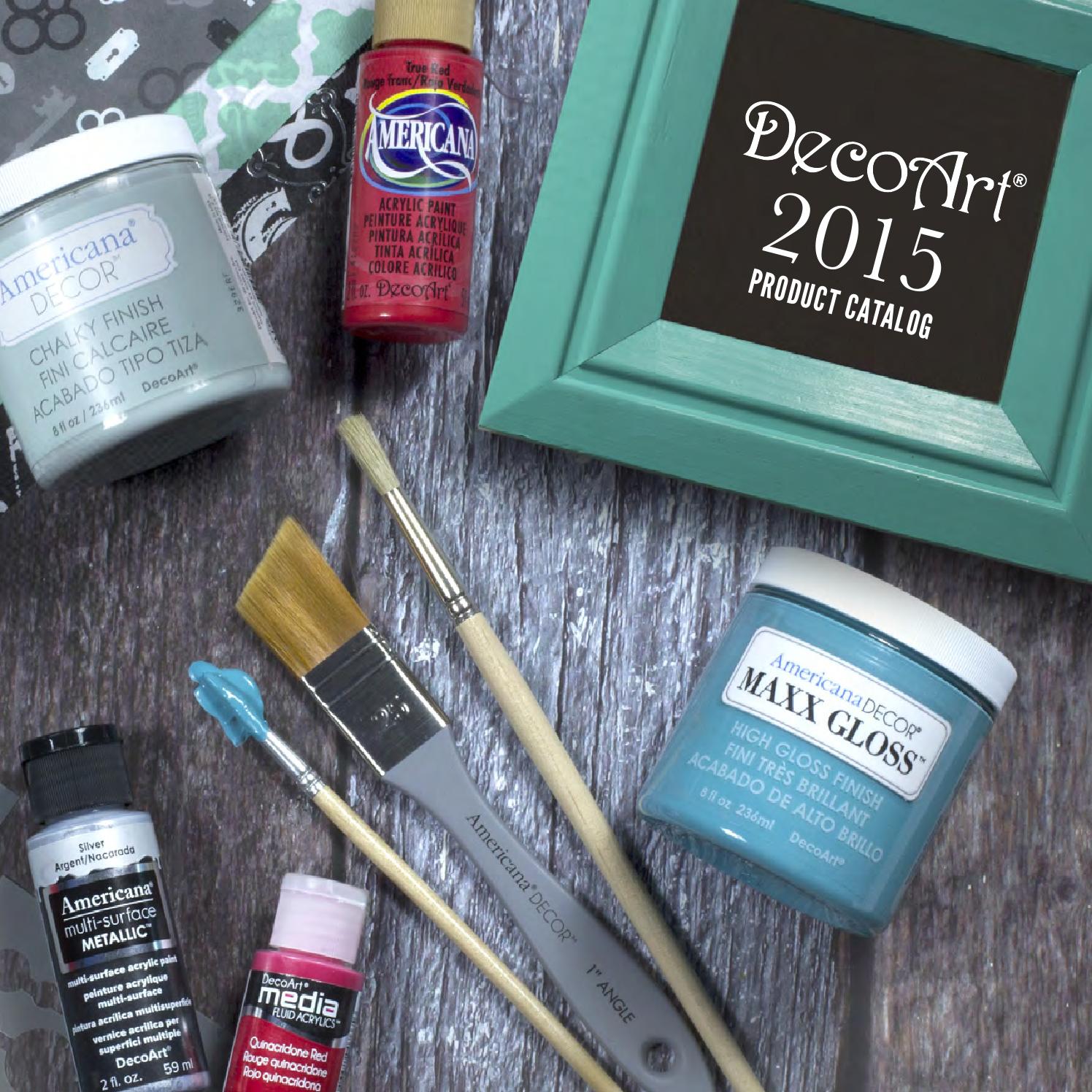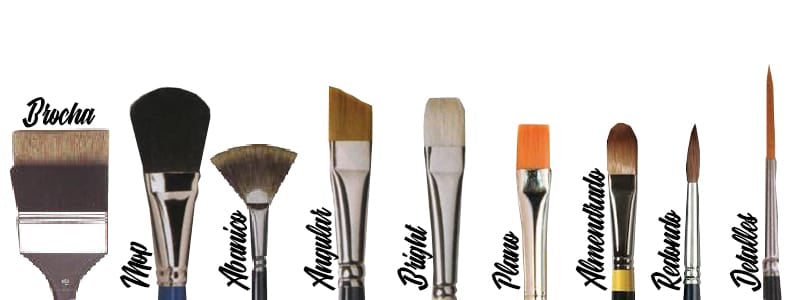On products without a marked discount

types of brushes
The brush will be your magic wand to weave colors onto the canvas. Artist brushes become beloved tools the more you use them! As you paint, you will become more and more familiar with how brushes handle paint and what they can accomplish for you. Very soon, the brush will become a part of you that you intuitively know how to maneuver.
If you're just starting out with acrylics, it can be a bit overwhelming to stand in the brush aisle at the art store, with a vast sea of artist's brushes spread out before you. The wide selection even makes me dizzy sometimes!
Fear not – the Art is Fun brush guide is here! This page will tell you everything you need to know to select the right brushes for your needs.
Acrylic brushes come in all different shapes and sizes. The shapes and sizes of brushes you choose to work with will mostly depend on how big you want to work with and how detailed you want to get. Have a look:

brush shapes
There are 8 main types of artist brushes used with acrylics, as shown above. Each one is specially designed for different uses. Before we get into the particular uses of each brush, let's take a quick look at the different parts of the brush:
know your brush
A brush is made of 4 main parts:
bristles, also known as hairs. can be natural, synthetic or a combination of both
ferrule: the silver bit that connects the bristles to the handle
crimp: the part of the ferrule that secures it to the handle
handle - usually wooden or acrylic
Easy enough! So now that you know the lingo, let's find out what each brush is for!
acrylic paint brushes
round brush
Round or pointed tip.
Good For: Sketching, Sketching, Detail Work, Controlled Washing, Filling In Small Areas. creates thin to thick lines: thin at the tip, getting wider the more you press down. Use it with thinned paint instead of thick paint.
pointed round brush
Narrower than the round brush. It has a pointed tip.
Good for: details and fine lines, delicate areas, blemishes and touch-ups.
flat artist brush
Square end, with medium to long hairs.
Good for: bold strokes, washes, filling in wide spaces, impasto. you can use borders for fine lines, straight edges, and stripes. Long-haired flat brushes are ideal for varnishing.
bright artist brush
Flat with incurving edges at the tip, with short hairs.
Good for: Short, controlled strokes. Thick and heavy color. better to work up close rather than keeping the brush some distance from the canvas.
Hazel Artist Brush
Flat, oval shaped end with medium to long hairs.
Good for: blending, smooth rounded edges like flower petals. this brush is kind of a combination of the round (because they can be used for details) and flat (because they can cover more space than the round ones).
Fan Artist Brush
Flat and extended hairs.
good for: natural hairs are good for straightening, blending and smudging. Synthetic hairs are better for texture effects, clouds, and leaves on trees. for acrylics, use a strong, sturdy one, otherwise the hairs will clump together when paint is added.
Angled Flat Artist Brush
Flat with angled hairs at the end.
Good for: curved strokes and filling corners. It can reach small pointed areas. It can also be used to cover a lot of space, similar to flat brushes.
Detail round artist brush
Round, hairs shorter in length. Shorter handle.
Good for: details and short strokes. It has more color than you think!
Silver Brush Silverwhite Synthetic Brushes
Loew Cornell American Painter's Brushes
Da Vinci Top Acryl Synthetic Brushes
Dynasty Faux Squirrel Fan
Blick Studio Sable Round Detail

Leave a comment